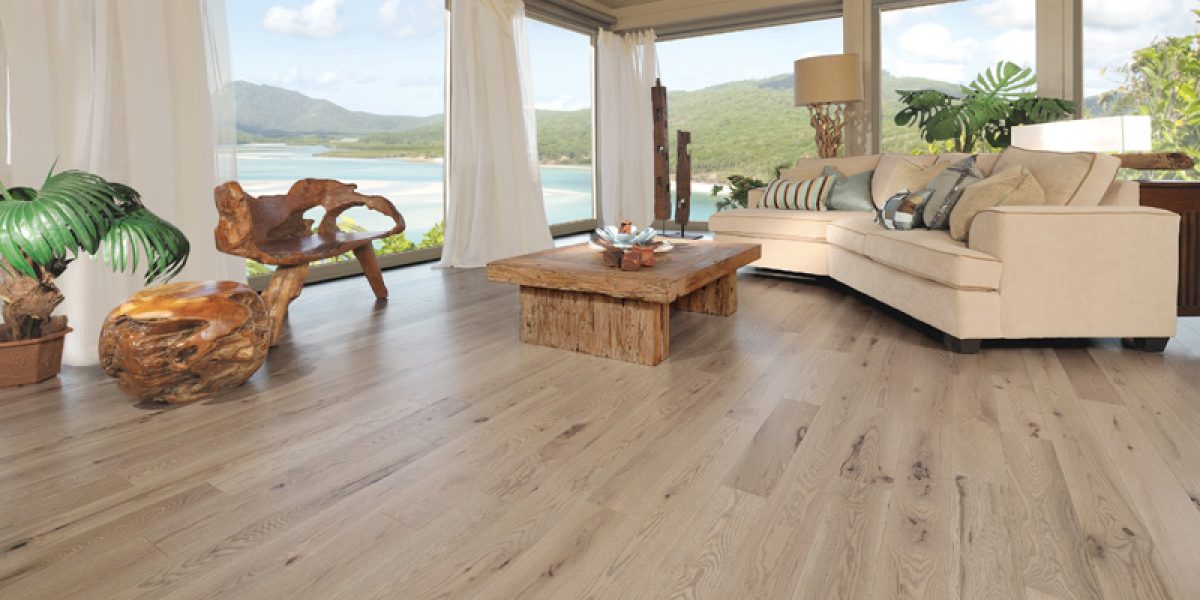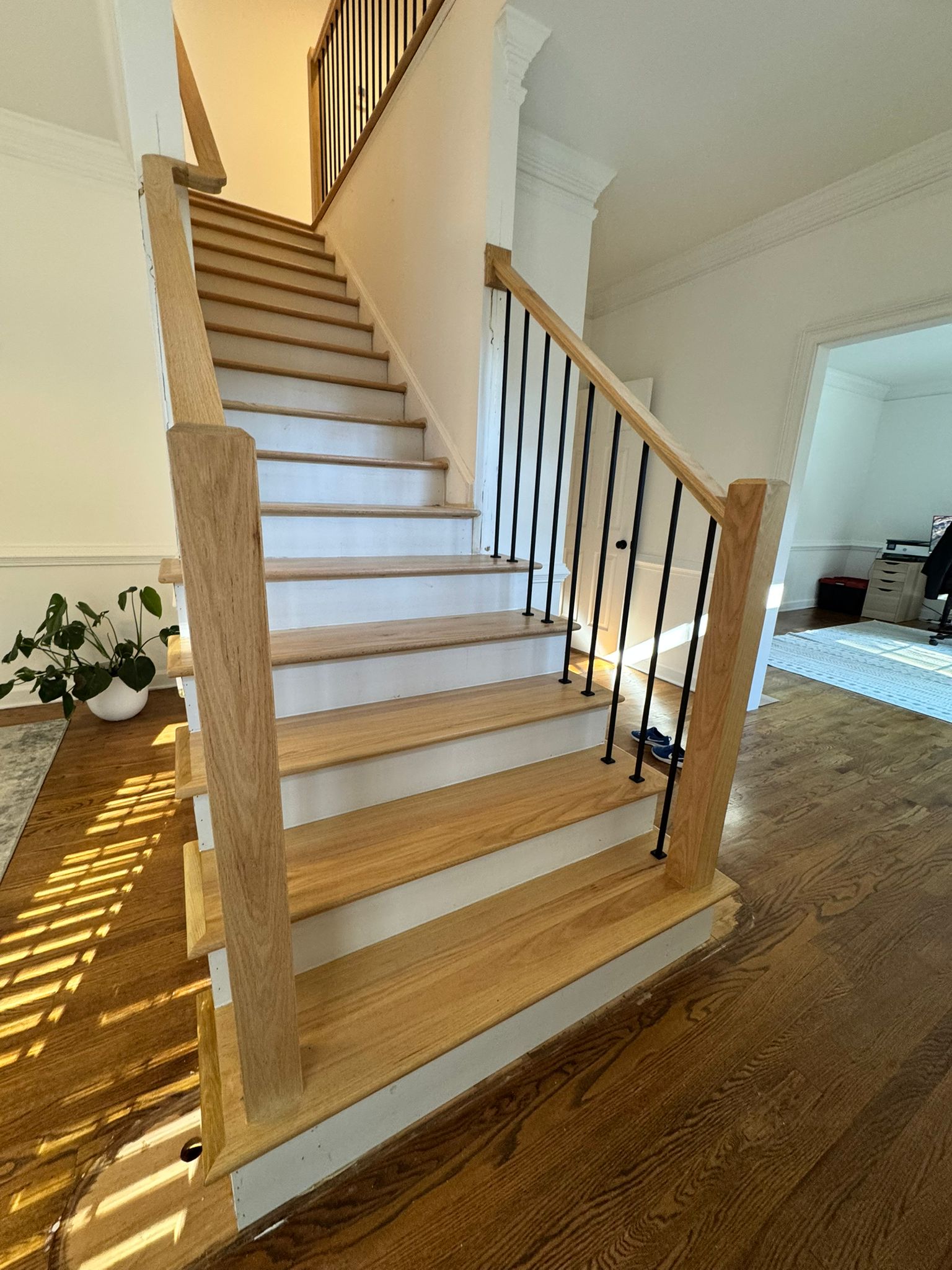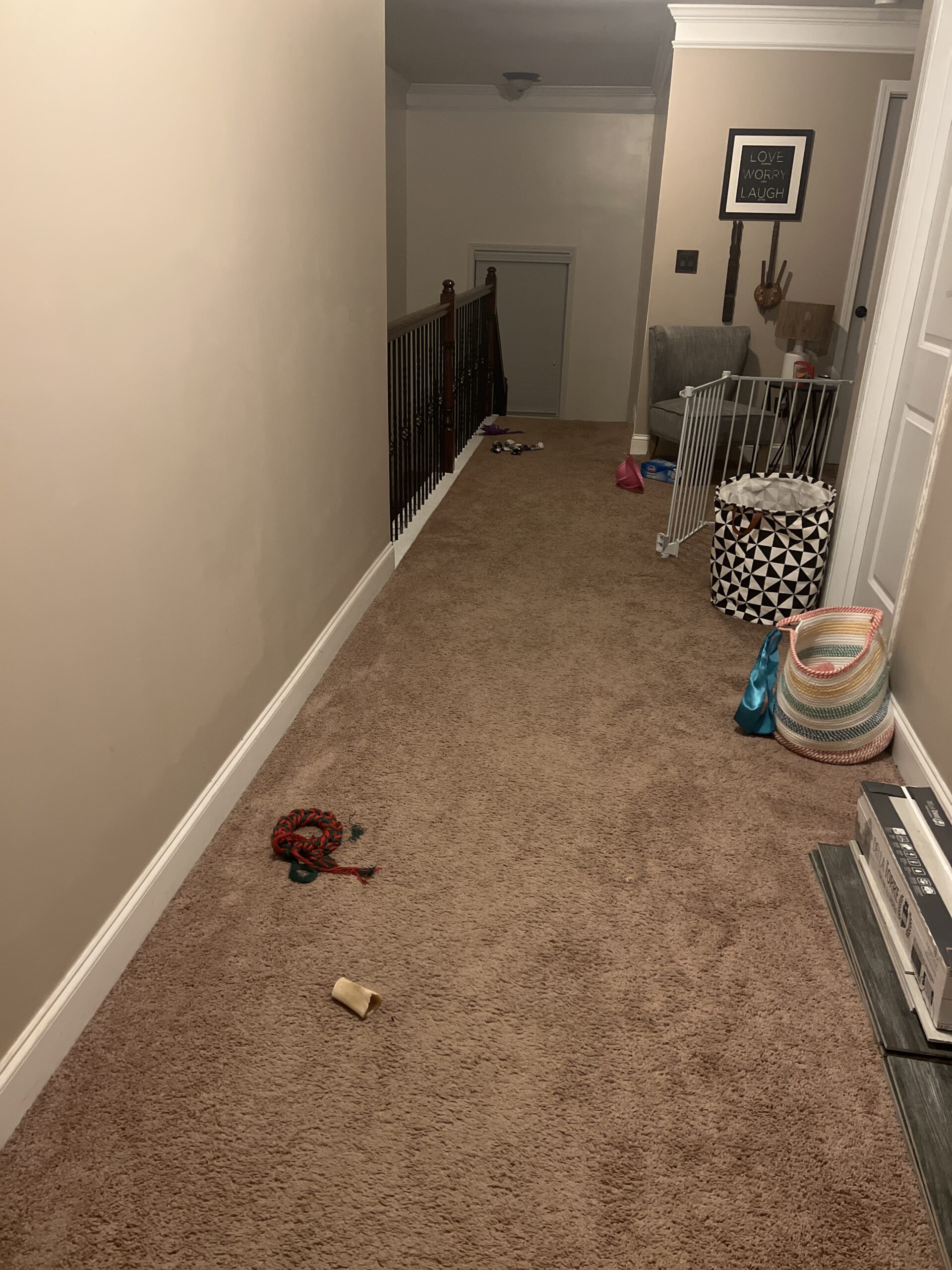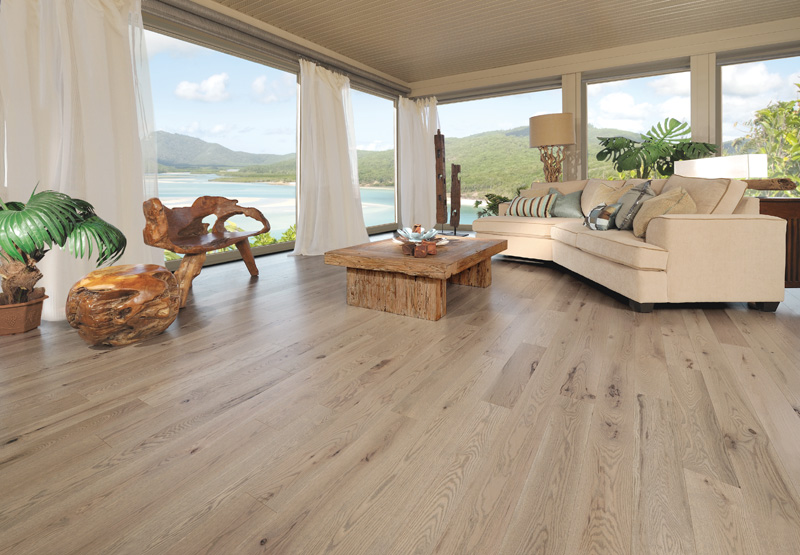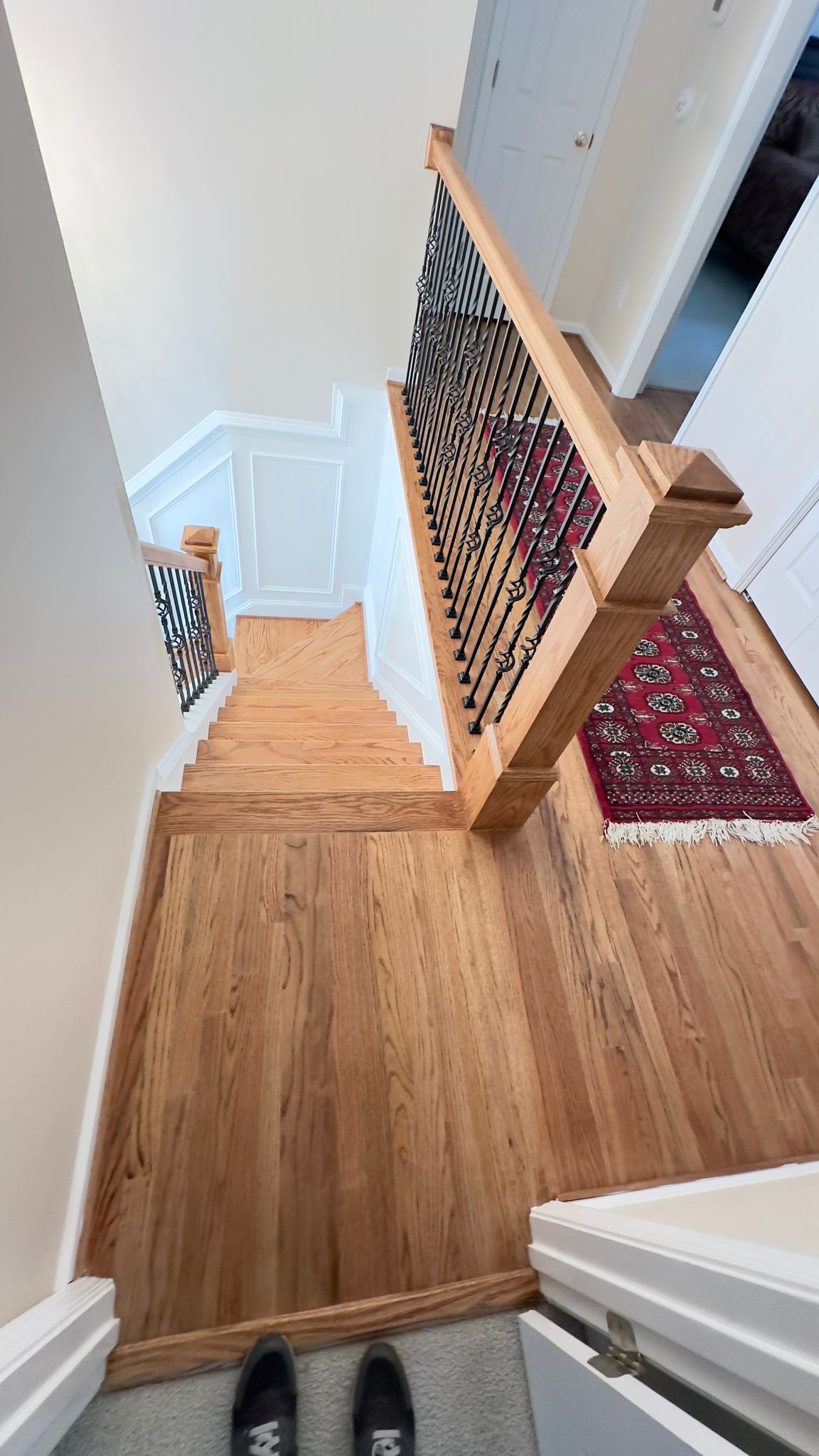When considering hardwood flooring, one is often faced with the choice between engineered hardwood and solid hardwood. Each option comes with its unique characteristics, influencing factors such as stability, installation methods, refinishing possibilities, cost, appearance, and environmental impact. In this comparison, we delve into the key distinctions between engineered hardwood and solid hardwood to help you make an informed decision based on your preferences and practical considerations.
Construction:
- Engineered Hardwood: Composed of layers. The top layer is a thin veneer of real hardwood, and beneath it are layers of plywood or fiberboard. This construction makes it more stable and less prone to expansion and contraction due to humidity changes.
- Solid Hardwood: Made from a single piece of solid wood. It is more susceptible to changes in moisture and temperature.
Stability:
- Engineered Hardwood: More stable than solid hardwood. It is less likely to warp or cup, making it suitable for environments with fluctuating humidity levels, such as basements.
- Solid Hardwood: Prone to expansion and contraction with changes in humidity, which can lead to gaps or warping over time.
Installation:
- Engineered Hardwood: Can be installed in various ways, including gluing, stapling, or floating. It’s often suitable for areas where solid hardwood might not be practical.
- Solid Hardwood: Typically nailed or stapled down. Not recommended for installation directly over concrete or in below-grade spaces.
Refinishing:
- Engineered Hardwood: Depending on the thickness of the top veneer, it can be refinished a limited number of times. Thicker veneers offer more opportunities for refinishing.
- Solid Hardwood: Can be sanded and refinished multiple times throughout its lifespan, which contributes to its longevity.
Cost:
- Engineered Hardwood: Can be more cost-effective, especially for exotic wood species, due to the use of a hardwood veneer on top of less expensive materials.
- Solid Hardwood: Often more expensive, both in terms of material and installation costs.
Appearance:
- Engineered Hardwood: Provides a real wood surface and comes in various styles and finishes, offering a similar aesthetic to solid hardwood.
- Solid Hardwood: Offers the traditional, authentic appearance of solid wood, with natural variations in color and grain.
Environment:
- Engineered Hardwood: Generally considered more environmentally friendly as it often uses less hardwood and includes other materials like plywood or fiberboard.
- Solid Hardwood: Involves cutting down more trees for the same amount of flooring.
Both types have their advantages and disadvantages, and the choice often depends on factors such as budget, location, and personal preferences.
For expert guidance and professional hardwood flooring services in Atlanta, consider reaching out to Supreme Hardwood Floors. As a trusted company in the area, Supreme Hardwood Floors offers quality products and skilled craftsmanship to bring your vision to life. Contact us today to explore the best hardwood flooring solution for your home or business.
